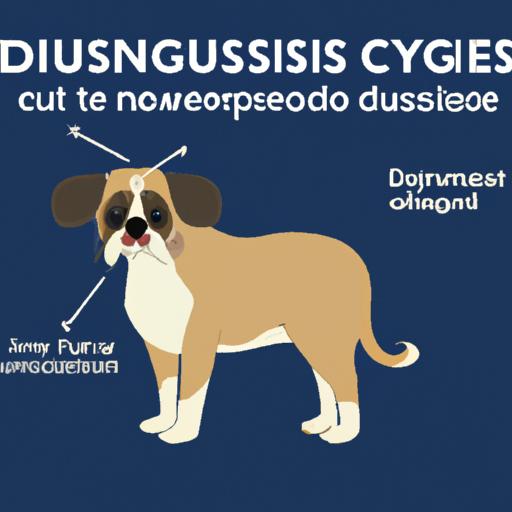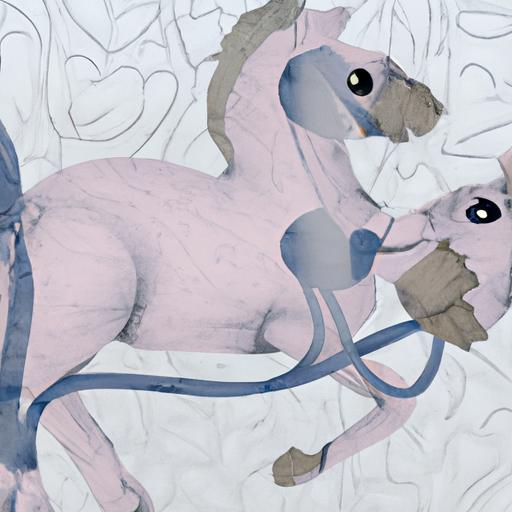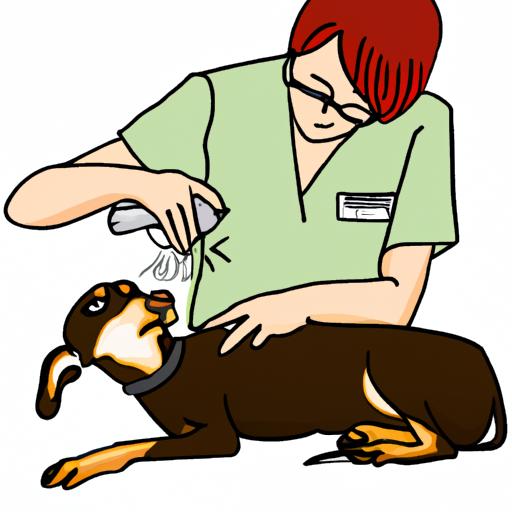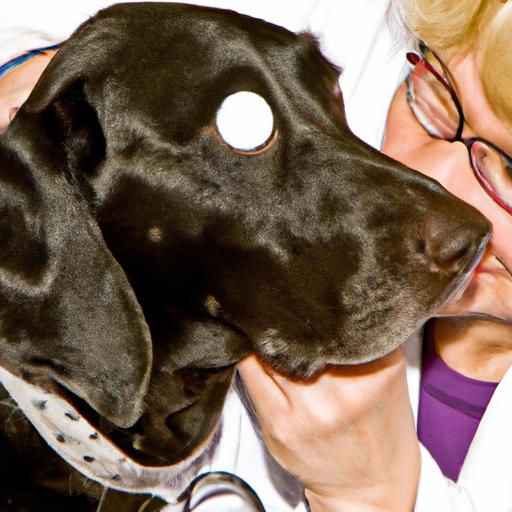
Recognizing Signs of Canine Cushing’s Syndrome
Learn to recognize the signs of Canine Cushing’s Syndrome in dogs. Early detection is crucial for effective treatment and a better quality of life.
Introduction
If you’re a dog owner, you know how important it is to keep your furry friend healthy and happy. One health issue that can affect dogs is Cushing’s syndrome, a condition caused by an overproduction of cortisol in the body. In this article, we will discuss the signs and symptoms of Canine Cushing’s Syndrome, why early recognition is crucial, and how you can help your beloved pet lead a better life.

Recognizing Signs of Canine Cushing’s Syndrome
It’s essential to be aware of the signs and symptoms of Canine Cushing’s Syndrome so that you can detect the condition early and seek appropriate treatment. While the symptoms may vary from dog to dog, here are some common indicators to watch out for:
Increased thirst and frequent urination
If you notice your dog drinking more water than usual and needing to urinate more frequently, it could be a sign of Cushing’s syndrome. The excess cortisol in their system can disrupt the body’s water balance and lead to increased thirst and urination.
Excessive hunger and weight gain
Dogs with Cushing’s syndrome often experience an insatiable appetite, leading to excessive eating and subsequent weight gain. If your dog is constantly begging for food and packing on the pounds despite a controlled diet, it’s worth investigating further.
Hair loss and thinning coat
A noticeable thinning of your dog’s coat or patchy hair loss can be indicative of Cushing’s syndrome. The excessive cortisol can interfere with the normal hair growth cycle, resulting in hair loss, particularly on the body’s trunk.
Muscle weakness and lethargy
Cushing’s syndrome can cause muscle weakness and a general lack of energy in dogs. If your once active and playful companion becomes lethargic, struggles to climb stairs, or seems generally weak, it may be time to consult your veterinarian.
Skin problems and infections
Dogs with Cushing’s syndrome are more susceptible to skin issues and infections. Their weakened immune system, combined with the hormonal imbalance, can lead to frequent skin infections, thinning skin, and slow wound healing. Keep an eye out for persistent skin irritations or recurring infections.
Frequently Asked Questions (FAQs) about Canine Cushing’s Syndrome
Here are some commonly asked questions about Canine Cushing’s Syndrome:
What causes Cushing’s syndrome in dogs?
Cushing’s syndrome can be caused by various factors, including a benign tumor in the pituitary gland (the most common cause), a tumor in the adrenal glands, or the long-term administration of corticosteroid medications.
Are certain dog breeds more prone to developing Cushing’s syndrome?
Yes, certain dog breeds, such as Poodles, Dachshunds, Boxers, and Boston Terriers, are more prone to developing Cushing’s syndrome. However, it is essential to remember that any dog, regardless of breed, can be affected.
How is Cushing’s syndrome diagnosed in dogs?
Diagnosing Cushing’s syndrome in dogs requires a series of tests, including blood work, urine analysis, and potentially an adrenal function test or an abdominal ultrasound. These tests help veterinarians evaluate cortisol levels and identify the underlying cause.
What treatment options are available for dogs with Cushing’s syndrome?
Treatment options for Canine Cushing’s Syndrome vary depending on the cause and severity of the condition. They may include medication to regulate cortisol levels, surgery to remove tumors, or radiation therapy. Your veterinarian will determine the most appropriate treatment plan for your dog.
Can Cushing’s syndrome be cured or managed?
While Cushing’s syndrome cannot be completely cured, it can be managed effectively with appropriate treatment. With early detection and proper management, dogs with Cushing’s syndrome can lead happy and fulfilling lives.
Conclusion
Recognizing the signs of Canine Cushing’s Syndrome is crucial for the well-being of your furry companion. By being aware of the symptoms, such as increased thirst, excessive hunger, hair loss, muscle weakness, and skin problems, you can take prompt action and seek veterinary care. Early detection and treatment are key to managing this condition and ensuring a better quality of life for your dog. Remember, regular veterinary check-ups and open communication with your veterinarian are essential in providing the best care for your beloved pet.
So, stay vigilant, be proactive, and give your canine companion the love and care they deserve!
Note: This article is for informational purposes only and should not replace professional veterinary advice. If you suspect your dog may have Canine Cushing’s Syndrome, please consult with a qualified veterinarian.































